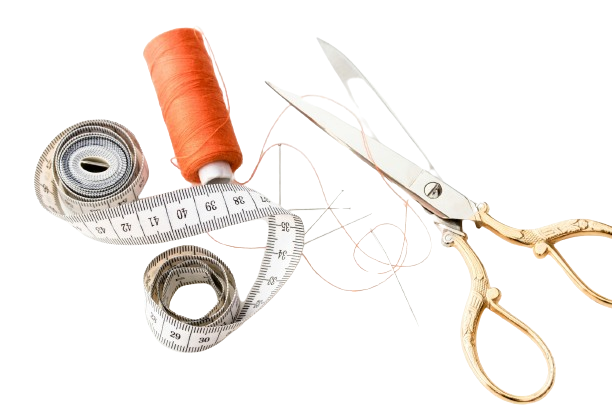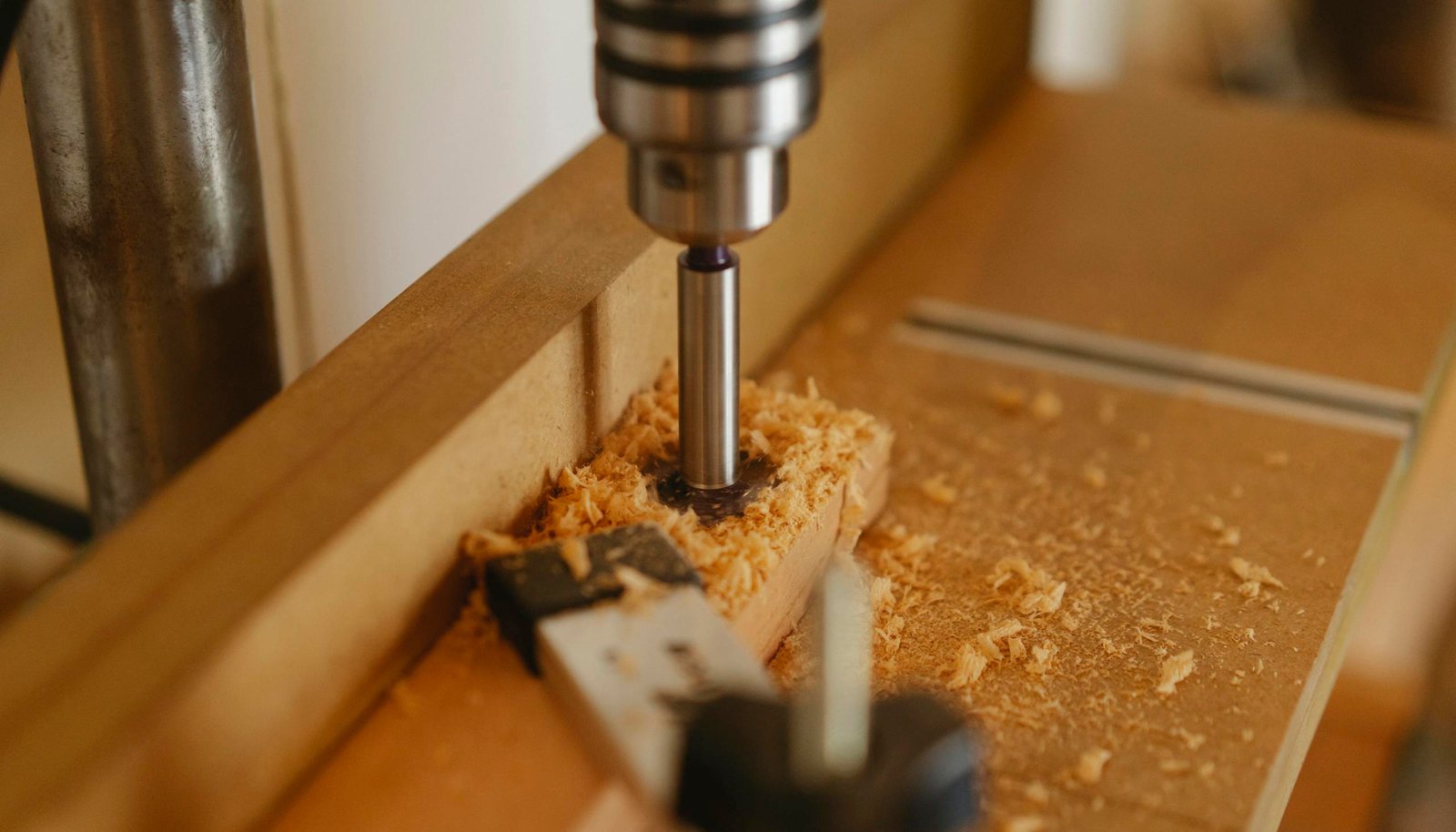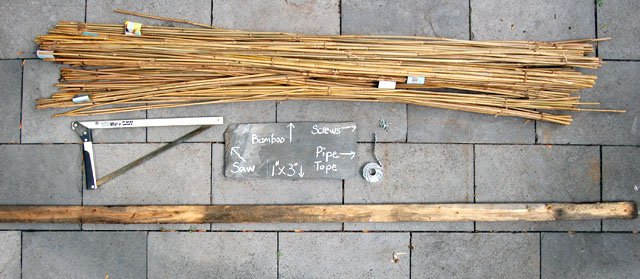Stripped Screw Hole? Fix it Fast: Easy DIY Guide
Stripped screw holes are a common issue in both woodworking and metalworking projects, leading to frustration and potential delays. However, with the right techniques and tools, you can easily repair a stripped screw hole and get back to your project. This guide will walk you through several methods of How to Fix a Stripped Screw Hole, along with tips and tricks to prevent future problems.

What Is a Stripped Screw Hole?
A stripped screw is a screw with a damaged or worn-out head, making it impossible to turn with a screwdriver or other tool. This happens when the grooves or the slots on the head of the screw are worn out or removed turning the head of the screw into a plain head.
Why Is It Important to Fix Stripped Screw Holes?
Ignoring a stripped screw hole can lead to further damage, compromise the structural integrity of your project, and make future repairs more difficult. Whether you’re working on furniture, machinery, or a simple DIY project, fixing a stripped screw hole promptly ensures that the screw holds securely and your project remains strong.
Methods to Fix a Stripped Screw Hole
Several options exist to rectify the stripped screw hole, based on the type of material used and the extent of the problem. The following are some of the most efficient methods.
1. Toothpick or Matchstick Method

Suitable for: Wood Surfaces
The use of toothpicks or matchsticks is one of the best ways to repair holes that are stripped in wood. Ideally, this approach fits best when the hole is only slightly larger or has only incurred minor damage.
Steps:
- Insert Toothpicks or Matchsticks:
- Chop a few pieces of toothpicks or matchsticks to a length slightly longer than the depth of the hole.
- Carefully insert them into the stripped hole until the hole is covered fully.
- Apply Glue:
- Screw the toothpicks to the base or fix matchsticks using wood glue so that they do not move.
- Make certain that the glue is deposited through the hole to facilitate good adhesion.
- Let It Set:
- Allow the glue to dry completely. This may take a few hours, depending on the type of glue used.
- Screw In:
- After the glue is set, attempt to reinsert the original screw into the repaired hole. The wood filler will generate sufficient bearing capacity to support the screw throughput.
2. Wood Screw Repair Kit

Suitable for: Wood Surfaces
A wood screw repair kit is a practical gadget meant to repair stripped screw holes in wooden surfaces. Such kits may contain an anchor or insert that can create an alternative threading to the screw.
Steps:
- Prepare the Hole:
- Ensure that you remove any dirt or fragments of wood that might be present within the hole.
- If the hole is too small try to drill it to the right size to accept the anchor.
- Insert the Anchor:
- Follow the instructions provided with the kit to insert the anchor into the hole.
- With the help of a hammerhead lightly hit the anchor in case it does not lie flat on the surface at all.
- Screw In:
- Drive the new screw into the anchor. The anchor will expand and create a secure grip within the hole, preventing further stripping.
3. Screw Extractor

Suitable for: Most Materials
A screw extractor is a rather special kind of a tool that is used in cases when a screw is worn in a hole and it is still possible to replace a screw or repair a hole. Se a cabeza de tornillo está dañada y el tornillo no puede ser retirado de manera normal, este método es el adecuado.
Steps:
- Choose the Right Size:
- Choose a screw extractor slightly smaller than the stripped screw in size.
- Insert the Extractor:
- Start by using a drill to make a small hole through the middle of the damaged screw head.
- Place the screw extractor into the hole and gently hit it to ensure that it grips the screw properly.
- Turn Counterclockwise:
- Slowly turn the extractor counterclockwise. The threads of the extractor will bite into the screw, allowing you to remove it.
- Repair or Replace:
- After removing the stripped screw, you can either repair the hole using one of the methods described or replace the screw with a new one.
4. Tap and Die Set

Suitable for: Metal Surfaces
Tap and die set is a tool used to cut new thread in metal surface and therefore is ideal to be used in fixing stripped screw holes especially those found on metal.
Steps:
- Choose the Right Tap and Die:
- Choose a tap-and-die set that will allow appropriate threading for the size of the original screw screw.
- Tap the Hole:
- Now just use the tap to cautiously start to make new threads into the stripped hole. It is also important to work slowly to minimize the risk of scratching the metal surface.
- Screw In:
- Place the new screw into the newly created thread groove. The new threads will offer a tight hold on the surface thereby avoiding the situation where the screw gets stripped again.
Read Also: Ceramic Scoring: A Comprehensive Guide
5. Oversized Screw

Suitable for: Wood Surfaces
If the hole is too damaged or widened beyond a certain limit, a solution can be derived with an oversized screw. This type is particularly useful when the initial screw size cannot fit properly anymore.
Steps:
- Drill a Larger Hole:
- Gently insert an appropriately sized bit and drill a hole in the area that has been stripped without harming the neighboring material.
- Insert a Larger Screw:
- Attach the object with a longer screw. The proposed larger size will have an enhanced grip on the head of the screw to secure it in the correct position.
6. Wood Filler

Suitable for: Wood Surfaces
Wood filler is another useful material that can be used to reinstate the stripped screw holes when the damage is severe enough.
Steps:
- Fill the Hole:
- Apply wood filler to the stripped hole using a putty knife. Ensure that the hole is filled up to an optimum level and that the technique used to apply the filler is to force it deep into the hole.
- Sand and Finish:
- After the filler dries, one should sand the filler area to make it seem like it has never been damaged. You can also add a finish to blend in with the surrounding wooden material if need be.
- Drill a New Hole:
- Drill a new hole in the filled area, slightly smaller than the original screw.
- Insert the screw into the new hole, ensuring a tight fit.
7. Helicoil Insert
Suitable for: Metal Surfaces
A Helicoil insert is a metal coil that can be used to repair stripped threads in metal, providing a strong and durable fix.
Steps:
- Drill Out the Stripped Hole:
- With a drill, extend the size of the stripped hole to the size needed for the Helicoil insert.
- Tap the Hole:
- Insert the Helicoil into the hole and align it properly before using a tap that is the same size as the Helicoil to cut new threads therein.
- Insert the Helicoil:
- Place the Helicoil into the hole by using the installation tool that comes with it. The coil will engage the new threads and ensure that it has an appropriate contact surface for the screw.
- Screw In:
- Place the original or another screw in the Helicoil insert. The repair turns out to be as strong or even stronger than the original threads.
Additional Tips for Preventing Stripped Screw Holes
Preventing stripped screw holes in the first place is always better than fixing them afterward. Here are some tips to help you avoid this problem in the future:
Use the Right Tools
- Choose the Right Screwdriver: Always use a screwdriver that fits the screw head snugly. A loose fit can cause the screw to strip.
- Use High-Quality Screws: Purchase premium screws as these have a lower likelihood of getting stripped under force.
- Avoid Over-Tightening: Exert pressure gently and withdraw the force as soon as the screw is tightened to the desired hold. Some of the human factors that lead to stripped screw holes include this and that.
Consider Using a Pilot Hole
- Drill a Pilot Hole: Hard materials such as wood or metal are particularly prone to this, and to avoid stripping, one has to drill a pilot hole beforehand. The pilot hole should be made slightly less in diameter than that of the screw.
Use Lubrication
- Lubricate the Screw: Applying a small amount of lubricant, like soap or wax, to the screw can make it easier to drive in and reduce the risk of stripping.
Avoid Reusing Stripped Screws
- Replace Damaged Screws: If a screw is stripped, do not try to reuse the screw; instead use a new one. If you use the same screw which has been pulled out at one time, then the danger of making the hole to be more stripped will be realized.
When to Seek Professional Help
It must be understood that all the above techniques can work for most stripped screw holes; however, there are specific cases when you will require professional assistance. However, if involved in a critical piece such as in machinery items or structural support or if the degree of the crack is severe then it would be wise to seek a professional opinion. They can analyze what is happening and suggest the most appropriate strategy.
Read Also: DIY Pants That Fit Like a Glove
Conclusion
It is not very difficult to repair a stripped screw hole as it might sound. However, there are always ways that enable you to repair the damages to go back to your projects and progress as planned. No matter whether you are using wood, metal, or anything else, this article will explain various techniques that could be used for the repair of stripped screw holes. Remember, prevention is key. Just as you shouldn’t use the wrong tools, apply the wrong technique or even be careless when driving screws, you should not expect to have stripped screw holes in the future.







